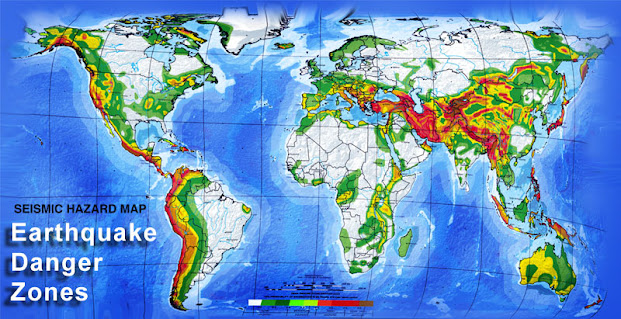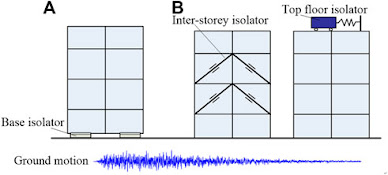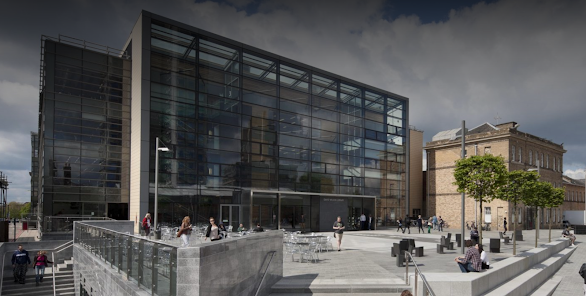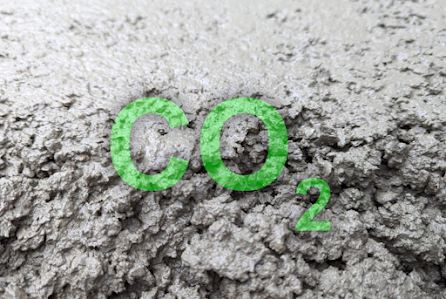week 3: final major project, research and development
Subject Area: Architecture
Project Title: Riad El Kheyr
Project Aims and Objectives:
For my final project, I will be researching a new way of making homes more secure and anti-earthquakes.
This final project will be about a traditional family house (Riad) that we usually see in the Moroccan countryside, it will be made out of mud, clay, tiles, zelig, rammed earth, rocks, and other regional materials. It will be located in one of the most endangered villages in Morocco called Imlil. For this project, I will try to make it as realistic as possible, therefore I will make a prototype out of these materials and some plans of the two floors, ground floor, first floor, and courtyard. Which is the most common in these homes. With a brief research article about the area's demography factors and its typography. Finally, all of this will be done by the first week of December.
Inspiration:
The architects who inspire me are:
William Of Sens:
French Guillaume De Sens, (died Aug. 11, 1180, France), a French master-mason who built the first structure in the Early Gothic style in England.
William is one of the first cathedral architects to be known by name. Exact knowledge of his contribution was preserved in the report of an eyewitness, the monk Gervase, who described the destruction by fire (1174) of Canterbury Cathedral’s choir and its subsequent rebuilding by William. He was already famous at that time as a leading builder and “most subtle artisan” of Sens, Fr. Called to Canterbury in 1175, he was given the task of using the remaining foundation of the choir and extending it toward the east. (Encyclopædia Britannica)
John Ruskin
John Ruskin, (born February 8, 1819, in London, England—died January 20, 1900, in Coniston, Lancashire), was an English critic of art, architecture, and society who was a gifted painter, a distinctive prose stylist, and an important example of the Victorian Sage, or Prophet: a writer of polemical prose who seeks to cause widespread cultural and social change. (Encyclopædia Britannica 2023)
I will be researching some ideas in the following fields:
seismology and the propagation of the P waves and the S waves. The influence of the typography of the field in a certain area, which is the most sustainable and affordable way to minimize the risk of these buildings falling.
I will be using the following Digital Software: Sketchup, blogger, milanote, unsplashed.
5. Style of architecture
Traditional Moroccan architecture. Usually found in the countryside. Influenced by Moorish and Andalusian architecture. Moroccan architecture reflects Morocco's diverse geography and long history, marked by successive waves of settlers through both migration and military conquest. This architectural heritage includes ancient Roman sites, historic Islamic architecture, local vernacular architecture, 20th-century French colonial architecture, and modern architecture.
6. Site plan analysis
Moroccan Riad's plans are usually square shaped, rectangular sometimes. thus I would like to go for a square of 200m*2
·Seismic area. A small touristic village called Imlil in the high Atlas mountains. That was severely wiped off because of the last earthquake, it is situated next to the Toubkal mountain, one of the highest mountains in the world. Unfortunately, with that being said, it is also next to a big seismic area called Al Haouz.
7 technologies and materials.
Sand, cement, tiles, and other traditional materials such as rocks and clay are widely used in these riads. The difference will be in the foundation where I will use better technology against earthquakes ( seismic isolation).
8. Environment
Imlil, Morocco, is not a very populated area but surely a touristic one, surrounded by the high Atlas mountains.
9. Form and function
· This technology will help the Riad stay steady in natural disasters such as earthquakes.
· Most houses in the countryside fall just from acidic rain, and recently there was an earthquake that erased many villages. one of them is Imlil. At this moment, Morocco is looking for ways to rebuild the entire village. To make them more steady and sustainable. And I think this project would be a great fit.
REFERENCES
William of sens (no date) Encyclopædia Britannica. Available at: https://www.britannica.com/biography/William-of-Sens (Accessed: 26 October 2023).
John Ruskin (2023) Encyclopædia Britannica. Available at: https://www.britannica.com/biography/John-Ruskin (Accessed: 26 October 2023).




Comments
Post a Comment